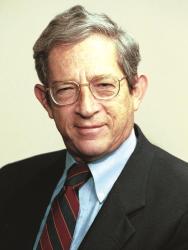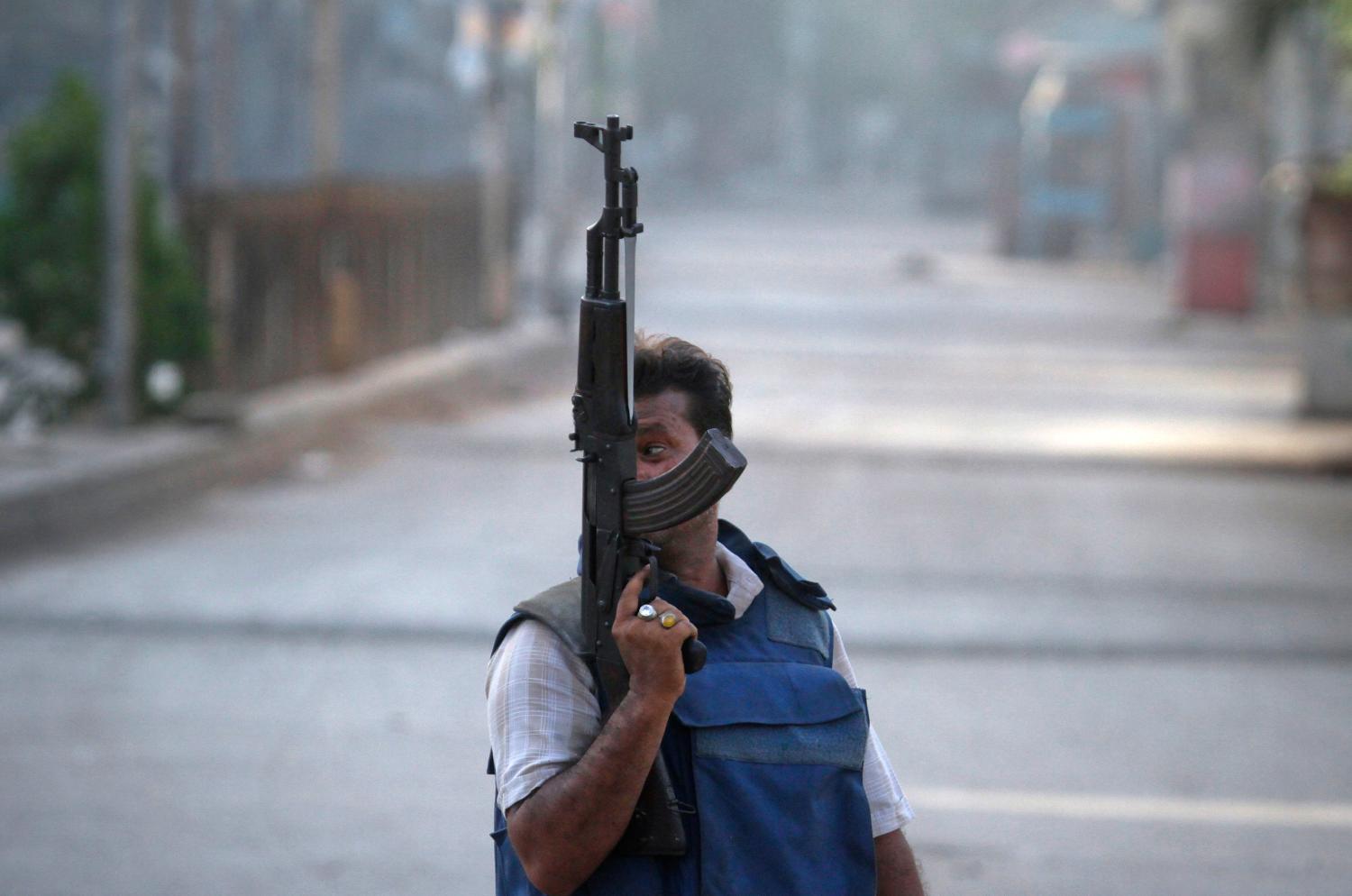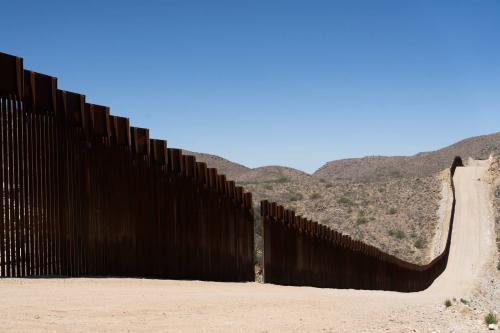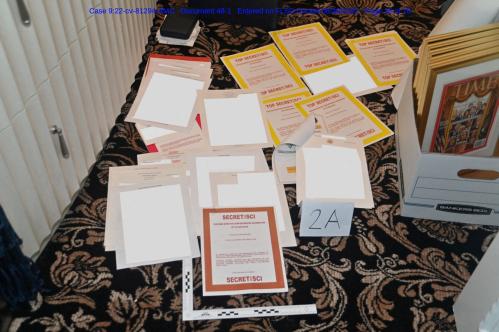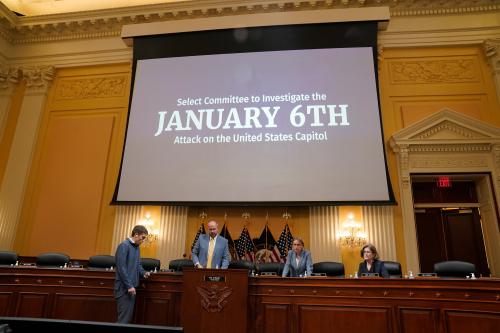Editor’s Note: Paper presented to the NIC-EUISS Conference on Pakistan “Looking towards 2025: drivers of democratic consolidation and stability,” Paris, France, 20-21 May 2012
The optimistic title of this conference attempts an even more optimistic objective: that we understand the factors that will shape Pakistan by the year 2025, and predict how these factors will influence Pakistan’s slow crawl towards democratic consolidation.
There is also a contradiction: democratic consolidation may be inversely related to “stability” if by that we mean the continuation of an oligarchic political order, usually termed “the establishment”. Over sixty years of an establishment-dominated political order—whether by the army or by the army in cooperation with civilians—has not made Pakistan a democratic country in most senses of the word, except that the aspirations of many Pakistanis are to have democracy Pakistan-style. This aspiration is held by many in the army, which would like to have political leaders that can govern Pakistan up to its own high standards.
The law and order problem is correctly defined in the call for papers as the persistence of ungoverned areas, the continuation of militant and criminal violence throughout the country, and low levels of government accountability. The historically expanded role of the military and the groping of the judiciary for a role somewhere between acquiescence and excessive activism are both symptoms and causes. Indeed, this is the core of Pakistan’s problems: there are many, many problems, they are both causes and consequences, they are interrelated, and there are obvious solutions to each, but Pakistan lacks the capacity to systematically undertake internal reforms.
I think that the reasons for failure vary from issue (or factor) to issue. For example, the existence of “ungoverned” areas did not mean that they were ungovernable. India had such areas in its northeast including a separatist movement supported by other countries and with a sturdy base abroad, but it has slowly and systematically used the strategy memorably described to me as “first we hit them over the head with a hammer, then we teach them how to play the piano.” Pakistan, as we were recently reminded, has never tried this; emulating the British they deemed the Tribal areas and frontier provinces too difficult to manage. In a recent opinion piece the American columnist, David Ignatius, writes that Pakistan has missed the opportunity of the century by not working with the large NATO and American forces across the border in Afghanistan; together they could have launched a project that would have begun to establish the writ of the Pakistani state; instead, a mixture of paranoia and the temptation to use the tribals in a proxy war against both India’s presence in Afghanistan and American and ISAF forces proved to be too great.[1] No one will shed any tears when the backlash sweeps over Pakistan, and there is already talk of the importance of “containing” this new Pakistan, no longer a friend but still a danger to itself and its neighbors.[2]
No one solution fits all problems, there are fifteen to twenty variables (depending on who and how one is counting), and we still have no good idea which are fixable and which are permanently going to cripple Pakistan. Nor do I have a good idea which must come first and which can be deferred: I think both questions should be at the core of thinking about Pakistan’s future. In short, there is a methodological hiatus in contemporary studies of Pakistan, epitomized in the ambitious title of this conference (why not 2030, 2050, or next year?). To put it succinctly: if you don’t know where you are going any variable will take you there.
Turning to the law and order sector, there have been numerous—and usually good—studies of what needs to be done.[3] The police have to be depoliticized, they have to be well-funded, they need modern equipment, and they need to be reprofessionalized. They are not hopeless—some policing is done very well in Pakistan, and the leadership of most police services is competent, and some are more than that. There also has to be an effective judiciary, independent and concerned about the administration of justice, so police can deal with professional matters, not worry about becoming either agents of the politicians or de facto law courts on the streets and in the interrogation rooms.
This has not happened for one major reason, and several smaller ones. The major reason is the diffident attitude of Pakistan’s armed services, especially the army, towards the police, or towards any other institution of the state or provinces authorised to carry weapons and use deadly force, and which is not under army control (this seems to apply ambivalently to the various private armies and militia groups tolerated by the army for political and strategic purposes). The army simply will not abide a loss of this monopoly, and all other armed forces must be either so weak or so small as to present no imaginable threat to the army’s monopoly of the legitimate use of force within Pakistan, let alone across Pakistan’s borders.
Another, but less important reason for the failure to reform Pakistan’s police services is that it is not a high priority for the political community itself, which finds a corrupt and incompetent police force more amenable than a highly professional one. And, while raising and arming their own street gangs, politicians have been able to reach an understanding with the police forces on local law and order issues—in plain words, as other weakly-governed regions of the world, there is a nexus between the police, the criminals, and the politicians, all of which confirms for the army its need to maintain a tight lid on all three, lest the army itself become infected.
Pakistan’s courts present a somewhat different picture. Long craven and submissive, the courts—led by the Supreme Court—are attempting to restore a normal balance between them and the political community, while also maintaining good relations with the army. The courts are trying to compress two hundred years of constitutional evolution into one decade, and this will be a long and difficult process under the best of circumstances, but at least the journey has begun. What is problematic is that the natural constituency of the courts, the lawyers, are not the shining liberals that some have portrayed them to be. Others can speak more expertly on this than I, but will the hard core pro-Jamaat lawyers tolerate a truly independent judiciary? The so-called Lawyers’ Movement was anti-dictatorship, but is it pro-democracy?
Again, we come back to the army. Some very distinguished lawyers came to the army’s rescue in the Ayub years when it needed a “doctrine of necessity,” to justify the imposition of martial law during a period of domestic and international crisis. Will this happen again?
The answer to this question is easy: Pakistan will revert to military rule, including the suppression of the courts and the faulty professionalization of all parts of the law and order machinery unless a new role is found for the armed forces, and the political community begins to perform up to a moderately competent standard. I made this argument thirty years ago,[4] but nothing has changed since then, except that Pakistan’s economic and optician decay has accelerated. In a book published in 1985 I argued that the army had to find a responsible and respectable role, other than that of chief political party and tutor to the Pakistani nation. To do that, normalization with India was necessary, so that the army could devote itself to other worthwhile tasks (I suggested an expanded international peace-keeping role as one such task).
This argument raises two questions of supreme importance—and we do not have definitive answers to either of them. First, have some of the factors that will shape Pakistan’s future reached the point of no return—that nothing can be done to reverse what is generally a negative trend across the board?[5] Second, in the case of the army’s role in Pakistan, is normalization with India possible, and would that divert the army from its dominant position in the state, or merely strengthen it? Since we are some distance from normalization this question is moot at the moment, but may become a live issue should the process go forward.
As for the irreversibility of Pakistan’s economic decline, the huge youth bulge (combined with weak educational assets), the growth of sectarianism, the erratic performance of Pakistan’s politicians, are all unknowns. We can predict likely futures in each instance for a short period, a year to five years, but speculating to 2025 seems to me to be naïve and a waste of time. The NIC did this several years ago when it asked a group of non-officials to predict Pakistan’s future.[6] They were, on balance, quite pessimistic. Was this useful to know? Obviously, some of us will be more optimistic, some of us more pessimistic, but without a serous analysis of the factors that will shape Pakistan’s future, and how they interact, this will be a feel-good (or feel-bad) exercise that lacks a strong analytic base and has zero policy implications. Knowing that the experts feel one way or another is not very helpful information unless we know what they are expert about, and no one is an expert on events that have not happened.[7]
[1] David Ignatius, “Pakistan blew its chance for security,” Washington Post, May 17, 2012
[2] Bruce Riedel, “A New Pakistan Policy: Containment”, New York Times, October 14, 2011
[3] See the writings of the former policeman, Hassan Abbas, e.g. Reforming Pakistan’s Police and Law Enforcement Infrastructure: Is It Too Flawed to Fix? (USIP, 2011), also Hassan Abbas, Pakistan 2020: A Vision for a Better Future (New York: Asia Society Pakistan Study Group Report, 2011).
[4] Stephen P. Cohen, The Pakistan Army (Berkeley: University of California Press 1985), with multiple editions and revisions.
[5] My approach has been to divide about sixteen different factors or variables in to four major clusters and I am indebted to my co-authors for suggesting how these might shape Pakistan’s near-term future, five to seven years from now (about 2017). The first cluster includes educational and demographic variables, propelled or retarded by the economy, a second includes the different beliefs about the “idea” of Pakistan and what it means to be a Pakistani, a third is Pakistan’s “stateness,” the competence of state organs, including the police and military, and the ability of the political community to organize itself to govern, and, fourthly, the influence of outside states and forces upon Pakistan; this includes not only the obvious candidates, such as India, China, and the United States, but also Pakistan’s vulnerability to the negative effects of globalization. See Stephen P. Cohen, “Pakistan: Arrival and Departure,” chapter in Cohen and Others, The Future of Pakistan (Washington, Brookings Press, 2011).
[6] US National Intelligence Council, Global Trends 2015: A Dialogue About the Future it Nongovernmental Experts, NIC 2000-02,, pp 64 ff.
[7] For my own discussion of what others have written about Pakistan’s future see the Afterword to The Future of Pakistan.
